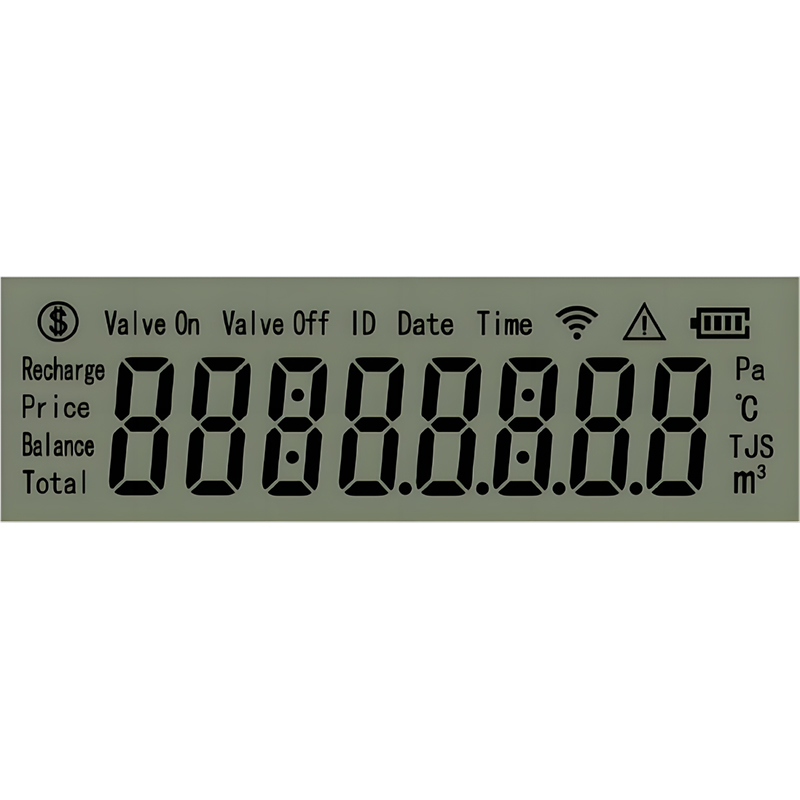
Choosing the right SSD1306 OLED display can be crucial for your project's success. This guide dives deep into the world of these versatile displays, helping you understand their capabilities, limitations, and how to select the best option for your specific needs. We'll cover key specifications, popular applications, and troubleshooting tips. Whether you're a seasoned electronics hobbyist or a beginner just starting out, this comprehensive guide will equip you with the knowledge to make an informed decision.
The SSD1306 OLED display is a common choice for many embedded projects due to its low power consumption, high contrast ratio, and ease of use. It's an organic light-emitting diode (OLED) display that uses a controller chip, the SSD1306, to manage the display data and communicate with a microcontroller. This controller IC is what makes the display particularly user-friendly, as it simplifies the driving process considerably. The displays are available in various sizes, resolutions, and form factors, offering flexibility for various applications.
Key features to consider when choosing an SSD1306 OLED display include resolution (common sizes are 128x64 and 128x32 pixels), power consumption, operating voltage, and interface type (usually I2C or SPI). Higher resolutions offer greater detail, while lower power consumption extends battery life in portable applications. The interface type affects how you connect the display to your microcontroller. Many manufacturers, including Dalian Eastern Display Co., Ltd., provide detailed specifications sheets for their products, ensuring you select the right component for your project.
The versatility of the SSD1306 OLED display makes it suitable for a wide range of projects. Some common applications include:
The low power consumption makes it ideal for applications like smartwatches and fitness trackers where battery life is critical. Its crisp display shows information clearly, even in bright sunlight.
Many embedded systems utilize the SSD1306 OLED display to provide user feedback or display sensor readings. Its small size and ease of integration make it a popular choice.
The affordability and ease of use make the SSD1306 OLED display a favorite among hobbyists and for rapid prototyping. It's simple to integrate with various microcontrollers like Arduino and ESP32.
The market offers several variations of the SSD1306 OLED display. To help you choose, here's a comparison table highlighting some key differences:
| Feature | Display A (Example) | Display B (Example) | Display C (Example) |
|---|---|---|---|
| Resolution | 128x64 pixels | 128x32 pixels | 64x48 pixels |
| Interface | I2C | SPI | I2C |
| Voltage | 3.3V | 5V | 3.3V |
| Power Consumption | ~10mA | ~5mA | ~7mA |
Note: These are example values. Always refer to the manufacturer's datasheet for accurate specifications. Remember to check compatibility with your chosen microcontroller and project requirements.
While generally reliable, SSD1306 OLED displays can sometimes present issues. Common problems include display corruption, incorrect address settings, and power supply issues. Consulting the datasheet and online resources can usually provide effective solutions.
The SSD1306 OLED display offers a compelling combination of features and affordability, making it a versatile choice for a wide range of projects. By carefully considering its specifications and applications, you can select the ideal display to enhance your project's functionality and user experience. Remember to always consult the manufacturer's datasheet for the most accurate information and ensure compatibility with your chosen microcontroller and power supply.












